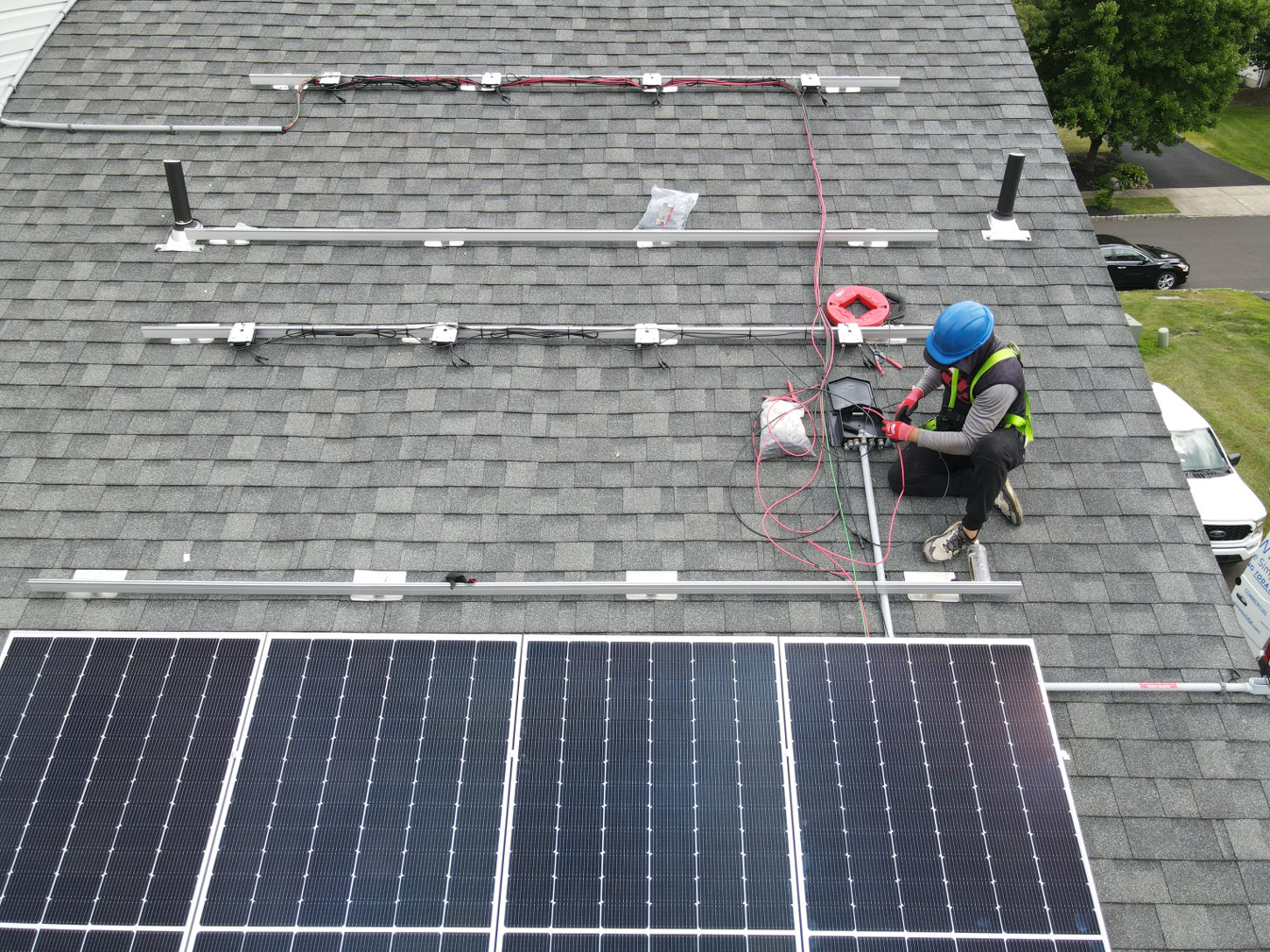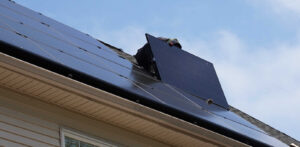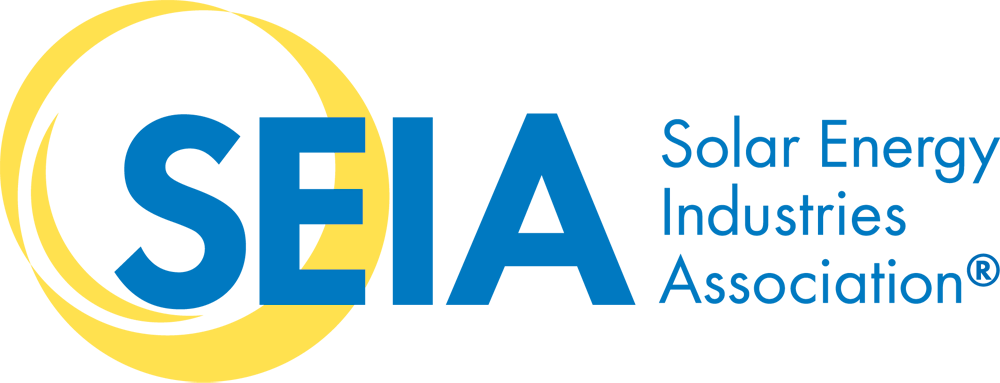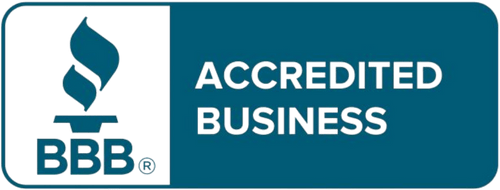Are you intrigued by the rising trend of solar energy but hesitant due to the perceived high costs of ownership? You’re not the only one. The appeal of solar energy is on the rise, thanks to its sustainability and increasing affordability. Fortunately, options like solar leasing and Power Purchase Agreements (PPAs) exist, making solar energy accessible to those who may not be able to afford to purchase a system upfront. This article serves as a comprehensive guide to help you navigate these options, making solar energy a realistic choice for more people.
Solar Leasing and Power Purchase Agreements (PPAs)
Solar leasing and Power Purchase Agreements (PPAs) are innovative solar financing methods that open the door to solar energy for many who can’t afford the large upfront costs of solar systems. Solar leasing is akin to renting your solar system – you enjoy the benefits of solar energy without owning the equipment. On the other hand, a PPA allows you to purchase the energy generated by a solar system at a fixed, often favorable rate per kilowatt-hour, without having to buy the actual solar panels. These options provide a flexible pathway to adopting solar energy, eliminating the financial barriers of high initial investment and making solar energy more accessible to a wider range of people.
Lease vs. Purchase: Pros and Cons
Comparing solar leasing and outright purchase reveals distinct advantages and disadvantages for each. Here’s a breakdown:
Solar Leasing
- Advantages
- Lower Upfront Costs: Solar leasing usually requires little to no initial investment.
- Maintenance and Repairs: The leasing company typically handles maintenance and repairs.
- Flexibility: Leasing contracts offer flexibility, especially if you’re unsure about a long-term commitment.
- Disadvantages
- No Ownership: You don’t own the solar panels, hence no increase in property value.
- Less Long-term Savings: Over time, leasing can be more expensive than buying outright.
- Contractual Obligations: Leasing contracts can be lengthy and may complicate selling your home.
Outright Purchase
- Advantages:
- Increased Home Value: Owning a solar system can increase your property’s value.
- More Savings Over Time: The initial investment pays off with long-term savings on energy bills.
- Tax Incentives: Buyers often qualify for tax credits and rebates.
- Disadvantages
- High Initial Cost: The upfront cost of purchasing a system can be significant.
- Maintenance Responsibility: You’re responsible for maintenance and repairs.
- Longer Payback Period: It takes time to recoup the initial investment through energy savings.
In summary, leasing offers a low-barrier entry to solar energy with less responsibility, but less financial benefit in the long run. In contrast, buying a system requires a larger upfront investment but offers greater long-term savings and benefits to property value.
Solar Grants
Solar grants provide crucial financial support for those interested in installing solar panels. These grants, often offered by government agencies, non-profits, or energy companies, can significantly reduce the cost burden of solar installations. For instance, in Pennsylvania, specific grant programs are tailored to encourage residential and commercial solar energy adoption. These initiatives not only make solar installations more affordable but also support the state’s commitment to renewable energy and environmental sustainability. By leveraging such grants, homeowners and businesses can more easily finance their transition to solar energy, aligning with both economic and ecological goals.
Solar Energy Rebates
Rebate programs for solar systems are financial incentives based on the energy production of your solar installation. These programs, often run by government agencies or utility companies, offer cash-back or reductions in installation costs, contingent on the amount of energy your solar system generates. Such rebates not only make solar installations more cost-effective but also encourage efficient and higher-capacity systems. Eligibility for these rebates can vary, often depending on location, system size, and energy output. Ultimately, these rebates translate to direct savings, reducing the overall cost of solar energy adoption and enhancing its financial appeal for both homeowners and businesses.
Pennsylvania Sunshine Program
The Pennsylvania Sunshine Program is a state-specific initiative offering performance-based incentives for residential and small commercial solar installations. This program aims to reduce the installation costs of solar systems by providing financial incentives based on the performance and energy output of the solar installation. These incentives are particularly beneficial for homeowners and small business owners, making solar energy more accessible and affordable. To be eligible, applicants typically need to meet certain criteria, such as location within Pennsylvania, system size, and compliance with energy efficiency standards. The program not only supports individuals and businesses in transitioning to renewable energy but also aligns with Pennsylvania’s broader goals for sustainable energy development.
Solar Financing Options
Solar financing options offer a range of choices to make solar installations more accessible and affordable. Solar loans allow you to finance the purchase and installation of your solar system over time, often with favorable terms and interest rates. Leases are another popular option, where you rent the solar system from a provider, typically with minimal upfront costs and including maintenance, though without owning the equipment. Power Purchase Agreements (PPAs) are agreements to buy the electricity generated by the solar system at a predetermined rate, which is usually lower than the regular utility rates. Additionally, various incentives such as rebates, tax credits, or grants are available at local and state levels, further easing the financial burden of solar installations. Understanding these options, including their benefits and constraints, is key to selecting the best financial path for your solar energy project.
The Solar Installation Process
The solar installation process involves several key steps, each crucial for a successful setup:
- Site Assessment: Professionals evaluate your property to determine the best location and system size. This includes checking roof condition, orientation, and shading.
- Design and Planning: Based on the assessment, a solar system is designed to meet your energy needs and architectural constraints.
- Permitting: Before installation, necessary permits must be obtained from local authorities, ensuring compliance with regulations.
- Installation: Professional installers set up the solar panels, inverters, and other necessary equipment. This process may require several days to a week
- Inspection and Testing: After installation, the system is inspected by local authorities for safety and compliance. It’s also tested to ensure proper functioning.
- Grid Connection: Finally, the solar system is connected to the local power grid. This involves coordination with your utility company and may include setting up net metering, allowing you to sell excess energy back to the grid.
- Activation: Once connected and approved, the system is activated, and you can start generating your own solar power.
Conclusion
In summary, solar leasing and Power Purchase Agreements (PPAs) offer affordable access to solar energy, bypassing the need for large initial investments. Coupled with grants and rebates that reduce installation costs, these options make solar power economically viable and sustainable, broadening its accessibility. They are key in diminishing financial barriers, thus accelerating the adoption of renewable energy for a greener future.
Are you interested in solar energy but concerned about the costs? Sunwise USA has the solution with our Solar Leasing and Power Purchase Agreements. These flexible options make going solar affordable and hassle-free. Find out how you can benefit from renewable energy without the burden of high upfront costs. Visit Sunwise USA now to learn more and take a step towards a sustainable future with smart, cost-effective solar solutions tailored for you. Join the solar revolution today with Sunwise USA!
FAQs
- What are the key differences between solar leasing and PPAs?
Solar leasing involves renting the solar system, while PPAs are agreements to buy the electricity generated at a predetermined rate.
- Are there any grants available for solar installations?
Yes, various grants are available, which can significantly lower the initial costs of solar installations.
- How do solar rebates work?
Solar rebates are based on the amount of energy your system produces, leading to savings over time.
- What is the Pennsylvania Sunshine Program?
It’s a program offering incentives for residential and small commercial solar installations in Pennsylvania.
- What should I consider when choosing between leasing and buying solar panels?
Consider your financial situation, long-term savings goals, and whether you prefer lower upfront costs (leasing) or greater long-term savings (buying).

